Experiencing Knee Pain After Golf? Here's Why.
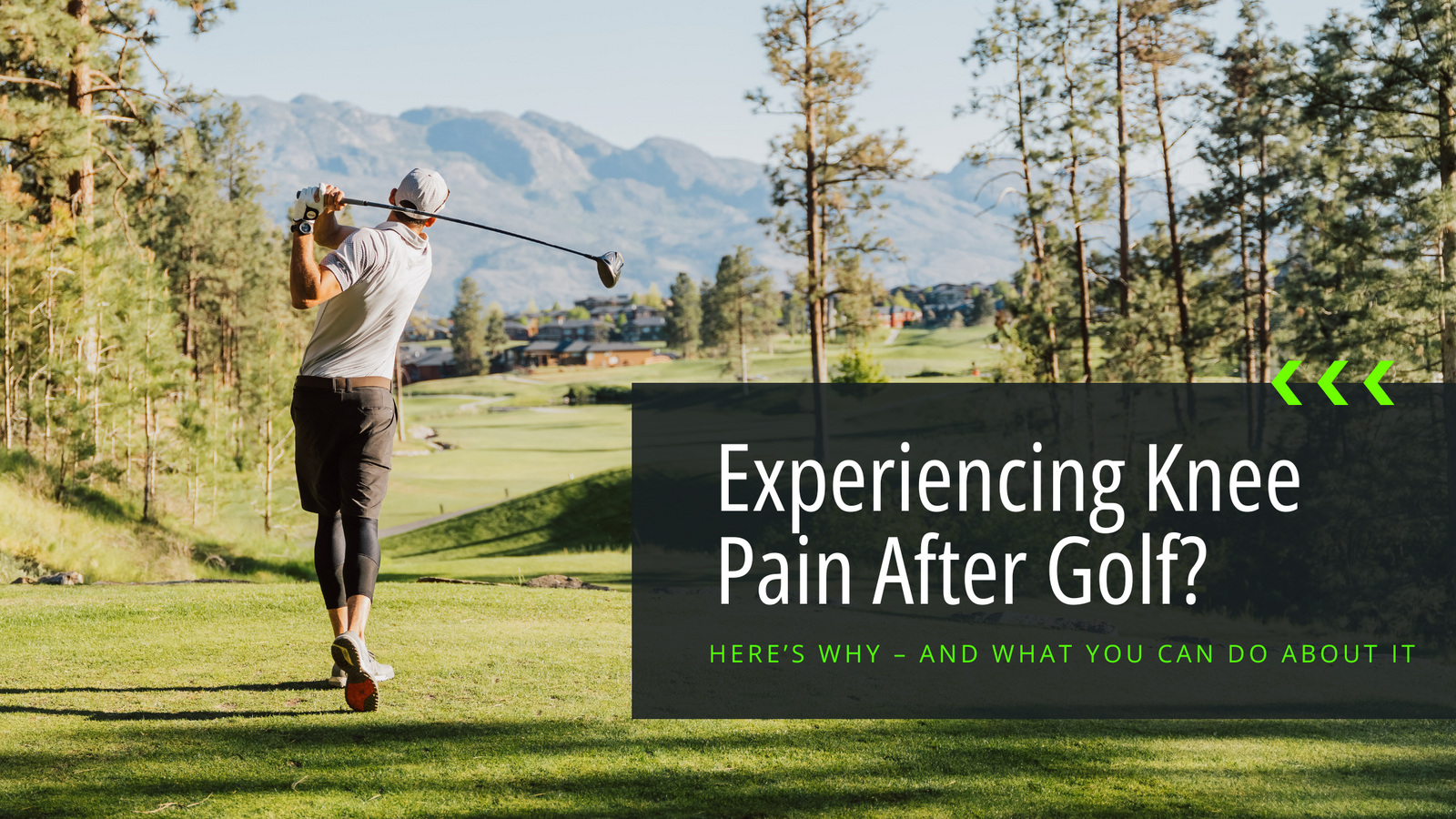
You may be surprised to feel an ache in your knees after a day spent on the golf course. After all, golf is widely considered to be a low-impact sport that is physically accessible for most people, like walking or cycling. Unlike court sports, like tennis, pickleball, or basketball, for example, it has a very low intensity and lack of urgency. Unlike high-impact, more dangerous sports like skiing or snowboarding, it requires very fluid motions, a relatively safe environment, and an even, cushioned ground for the many miles walked. Indeed, golf is even “generally allowed” post TKA (total knee arthroplasty).
Even golf’s demographic suggests that it is a relatively safe and injury-free sport! If you like to golf, you might have noticed that the majority of people you encounter when you play through a hole are, as the saying goes, “over the hill.” According to Aspetar Sports Medicine Journal, “42% of golfers are older than 60, and amateur golfers play most frequently after retiring.” That doesn’t mean that young golf players are rare – I myself was in a junior golf program in middle school – but rather that all data suggests you can expect a relaxing game with little to no joint pain from a day spent golfing.
However, recent studies have shown that there is a “knee injury prevalence of 3–18%” that has been “established among both professional and amateur players,” and that knee injuries account for 18% of golf injuries overall. Still a relatively low number when compared to the number of knee injuries amongst skiers – approximately 40%, for the record – but more than you would likely expect. Let’s take a look at why!

A knee injury in golf? It’s more likely than you think.
Personally, I myself am a bit of a fairweather golfer, mostly because my knees tend to ache after only a 9 hole game. I’m plenty content to pack in it after that. And it seems I’m not alone in that experience!
Along with other notable areas of injury for golf players, such as the wrist or lower back, knee injuries in golf are quite prevalent. Two studies on knee joint mechanics in 2020 and 2023 showed that the movement and loading power of the swing can lead to a significant knee injury in golf.
How to Prevent Knee Pain After Golf
Adopting an Open Stance
The 2023 study on knee joint mechanics found that participants who adopted the “open stance reduced most translations, rotations, forces, and torques of the lead knee” as opposed to the “straight stance.” They also found that “[t]he open stance reduced the rotation motion (-28%), compressive force (-5%), and rotation torque (-9%) when compared with the straight stance, which are the highest contributors to grinding of cartilage.” So, if you experience knee pain after golf, your first course of action should be an adjustment of your swinging stance. The good news: that will require more practice, and more hours logged at the driving range!
If you are unfamiliar with open vs. closed stance, here are the basics: the “open stance" involves angling your foot position so that the back foot is slightly closer to the ball and the front is slightly farther back, thus “opening” the angle along the target line. A “closed” stance is the opposite: the leading foot is closer to the ball, the back foot is farther. Often, golfers will adopt one stance or the other to control the target angle: an open stance can send the ball more to the left for a right handed golfer, a closed stance to the left. There is also a “square” stance, which is exactly as it sounds: both feet equal distance from the ball and target line.
All three stances have their merits and a mix of them are generally used by golfers throughout their game. Golf Pros tend to have a preference, and square stance is the stance most commonly taught to beginners. Some pro-open stance golfers are very adamant about the benefits that it brings to your game, such as the Open Stance Academy. As the name suggests, the Open Stance Academy has plenty of resources intended to educate and persuade golfers to improve their game with the open stance. What the study by the Journal of Biomechanics suggests is that using the open stance can reduce the amount of rotation and strain on problem knees, leading to knee pain after golf.
We’re not experts on the open stance, so if you’re interested in trying to use it more often to combat knee pain, we highly recommend looking into it more on your own. You also might want to ask your local golf pro for tips!

Moving the Ball
Another study published in the Journal of Sports Science and Medicine (2022) found that the placement of the ball relative to the target line also greatly impacted the internal rotation and adduction movement of the lead knee during a golf swing. They found that moving the ball “one ball position,” the equivalent of 4.27cm backward “with the respect to the self-selected ball position reduce[d] the internal rotation mo[ve]ment of the lead knee.” This suggested that players with ACL injuries could greatly benefit from this adaptation. They also found that moving one ball position “away from the target… reduces the adduction mo[ve]ment of the lead knee,” which is a helpful modification for players with knee osteoarthritis.
So, if you’re a golfer with knee osteoarthritis or who is recovered/ing from an ACL injury, experimenting with your golf ball position to reduce the movement of your knees and hips is a great option for reducing knee pain while golfing. Like adopting an open stance, this might require a few extra hours logged at the driving range – but your health is a great excuse!
Other Options to Remedy Knee Pain After Golf
If you have knee pain after golfing, you could also consider adding some knee support to your gear lineup. Depending on the severity of your pain, there are a couple of options that might suit you. We have a great resource on our knee news blog that outlines the different types of knee support available on the market, but briefly: you may want to consult your doctor about a hinged knee brace, pick up a knee compression sleeve from your nearest pharmacy, or try some KT tape, which is all the rage right now.
If you’d like a simple and straightforward option to help stabilize your knees, reduce your knee pain, and reduce swelling, we have the ultimate option for you!
The Best Knee Brace for Golf
It’s well known that golfers are all about lightweight: lightweight clubs, lightweight shirts and jackets, lightweight bags. The last thing you want on a leisurely game of golf is heavy equipment weighing you and your game down.
That’s why, unless your doctor has advised you otherwise, a bulky hinged knee brace is not the ideal companion for a morning on the course. Along with other supports, like knee compression sleeves, knee braces are always sliding down and uncomfortable, in addition to being heavy. So what’s the solution?

We highly suggest Bracelayer’s knee stabilizing compression pants! Our KXV and KS1 Vent models in particular are the perfect lightweight and cooling models for a sunny day. Our pants are constructed from an antibacterial compression fabric and feature the innovative Tri-Tech support layer, built from the same compression fabric, medical grade, perforated neoprene, and an overlay of compression mesh. The Tri-Tech layer provides a simple yet effective solution to knee pain and instability without adding any bulk or hassle.
Wearing compression garments has a number of proven benefits, such as increased circulation, reduced swelling and fatigue, and improved balance and stability. Those added benefits, combined with the power of Bracelayer's built-in knee supports, can help take your game to a whole new level!
Find the best Bracelayer compression pants for you! Shop our full collection now!


















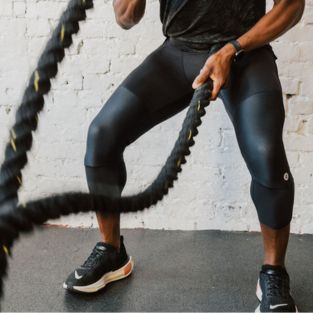
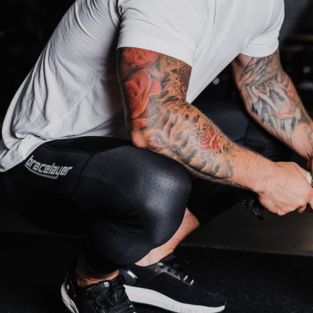
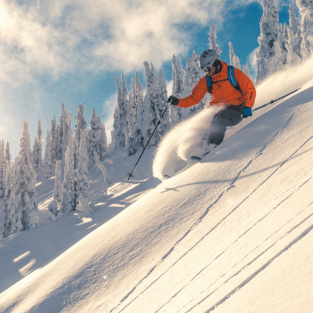
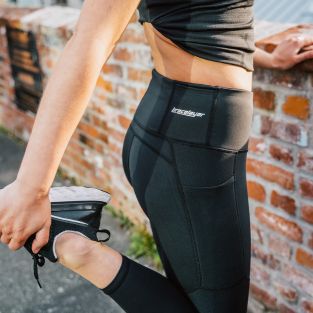
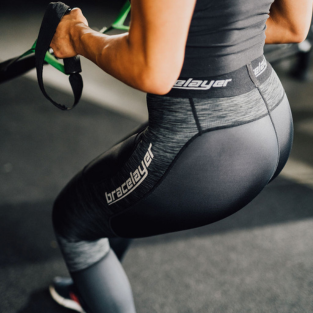
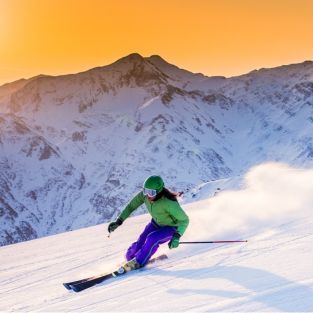
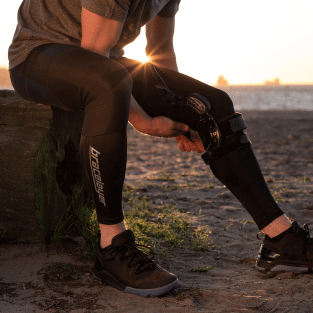
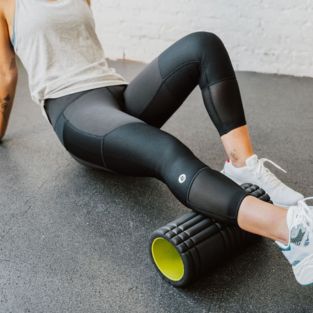
Leave a comment